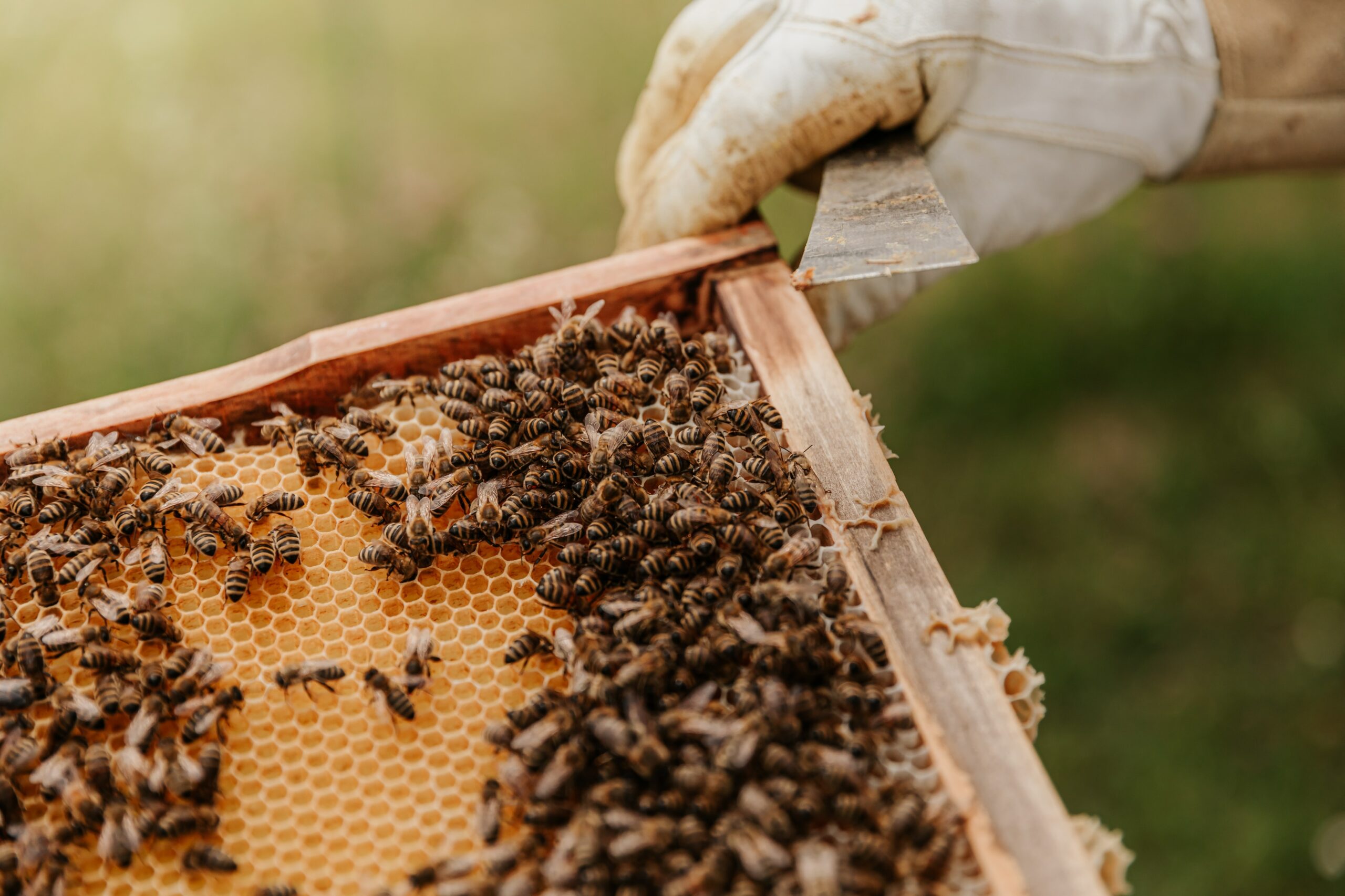A couple of weeks ago we accidentally run into an interesting, albeit failed project, which aimed to digitalize beekeeping. Honey-producing bees are very sensitive what comes to their environment, meaning temperature, humidity and other parameters such as microparticle pollution and ambient noise levels. The disappearance of large swathes of bees around the world is still a frightening scientific mystery.
The project, which BaseN had unfortunately not heard of, aimed to provide real-time situational awareness for the beekeeper, utilizing temperature and humidity sensors plus microphones inside the pre-fabricated hive boxes. Then there was a mobile application which was eventually to provide the beekeeper with adaptive scheduling on when to collect the honey, clean up the hives or when to utilize the bees for pollinating services in order to generate additional sources of income.
The project selected wireless, battery powered ZigBee sensors (why not much cheaper and more reliable wired?) and a proprietary (why?) gateway box to gather temperature and humidity data, which was sent to a cloud IoT service provided by the local telecom operator (why someone without a single real IoT customer?), who in turn had licensed the platform from someone else. A pan-Nordic integrator (without any paying IoT customer) provided the hardware and some consultancy. So far so (not so) good.
Right from the beginning there were issues with getting the data to the platform. Sometimes the gateway just didn’t send it, sometimes sensors just didn’t send data. Many times the platform just didn’t register it correctly. Sometimes the bees covered the sensors with thick honey armor, causing them to send wrong data.
With three different providers blaming each other, the beekeepers participating in the pilot became disillusioned one by one. The project lost the most important factor – customers’ trust, which is very difficult to restore.
In my view, the main reason for the failure was the distributed responsibility. The gateway, telco IoT platform and mobile app development were all selected and managed by different parties, who only cared for their own turf, which eventually exhausted the entrepreneurs. The integrator also killed off their IoT group during the process.
I’m not sure if the pilot beekeepers will give the entrepreneurs a second chance, this time with BaseN, but if they will, we can assure that the buck stops with us – BaseN will be painstakingly responsible all the way from sensors to the application layer. There will not be another party to blame. Full stack is full stack, and things built on BaseN work.
But before BaseN jumps to support bee business, a comprehensive Service Design phase will be required to map out the technical and other challenges, especially in a very emerging environment like beehives. This won’t be free, but also not a showstopper for the entrepreneurs’ investors.
Missed the last nBlog? Read it here.





7 replies on “Lost in the Hive: A Few Quick Lessons from a Beekeeping IoT Odyssey”
To the basen.net webmaster, Your posts are always a great source of knowledge.
Hello basen.net webmaster, Your posts are always well-written and engaging.
Dear basen.net administrator, Your posts are always a great source of knowledge.
Hi basen.net admin, Your posts are always well-written and engaging.
Hello basen.net administrator, Your posts are always a great source of knowledge.
To the basen.net owner, Your posts are always well-structured and logical.
To the basen.net administrator, Your posts are always well-referenced and credible.